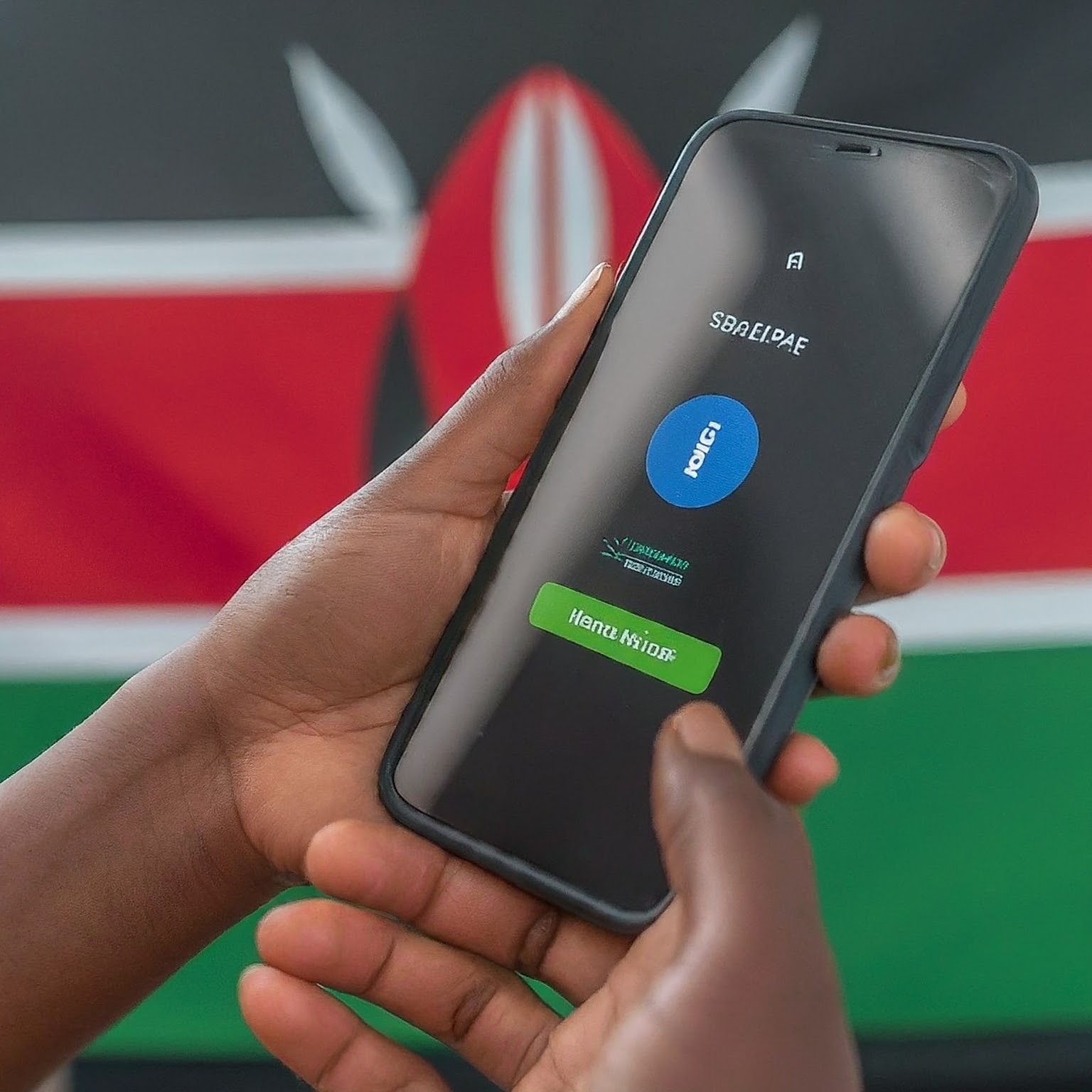Bridging the Skill Gap in Kenya: Challenges and Solutions
 Annuar
Annuar
Kenya, a growing center of innovation and tech in East Africa, has an important challenge: the skill gap. This gap between what employers need and what job seekers have is a big hurdle for economic growth. Bridging this gap is key to unlocking the potential of Kenya’s youth and ensuring long-term economic progress.
Understanding the Skill Gap
The skill gap in Kenya is characterized by a mismatch between the educational outcomes and the needs of the labor market. While the country boasts a youthful population eager to participate in the economy, many lack the necessary skills to thrive in today’s job market. This discrepancy can be attributed to several factors:
Outdated Educational Curriculum: The traditional education system in Kenya often focuses on theoretical knowledge rather than practical skills. According to a study by the World Bank, the curriculum in many Kenyan schools does not align with the demands of the modern job market, leaving graduates unprepared for employment opportunities .
Rapid Technological Advancements: The swift pace of technological change means that new skills are constantly required. However, the education system and training programs struggle to keep up with these advancements, leading to a shortage of skilled workers in emerging fields such as information technology, data science, and digital marketing .
Lack of Soft Skills: Employers often emphasize the importance of soft skills such as communication, teamwork, and problem-solving. Unfortunately, these skills are not adequately taught in many educational institutions, resulting in graduates who are technically proficient but lack essential interpersonal abilities .
The Impact of the Skill Gap
The skill gap has far-reaching consequences for both individuals and the economy at large:
Unemployment: The most immediate impact is the high rate of unemployment, particularly among the youth. Despite having academic qualifications, many young people find themselves unable to secure jobs due to a lack of relevant skills.
Underemployment: Those who do find jobs are often underemployed, working in positions that do not fully utilize their skills and potential. This underutilization of talent can lead to job dissatisfaction and hinder career progression.
Economic Stagnation: The skill gap limits the ability of businesses to expand and innovate, ultimately slowing down economic growth. Companies may face difficulties in finding suitable candidates, leading to increased recruitment costs and lower productivity.
Addressing the Skill Gap
To bridge the skill gap in Kenya, a multi-faceted approach involving government, educational institutions, and the private sector is required.
1. Reforming the Education System
Educational reforms should focus on aligning the curriculum with the needs of the modern job market. This can be achieved by:
Incorporating Practical Skills: Introducing vocational training and practical skill development within the education system can better prepare students for the workforce. Programs that offer hands-on experience and real-world problem-solving can enhance employability .
Promoting STEM Education: Emphasizing science, technology, engineering, and mathematics (STEM) education can equip students with the skills needed for high-demand fields. Partnerships with tech companies and initiatives to provide resources and training for STEM teachers can bolster these efforts .
2. Enhancing Technical and Vocational Education and Training (TVET)
TVET institutions play a crucial role in bridging the skill gap by offering specialized training programs that meet industry standards. Strengthening these institutions involves:
Upgrading Infrastructure: Investing in modern equipment and facilities can ensure that students receive training that is relevant and up-to-date with industry practices .
Industry Collaboration: Creating partnerships between TVET institutions and industries can facilitate internships, apprenticeships, and job placements for graduates. Such collaborations can also help in developing curriculum that is tailored to the needs of employers .
3. Fostering Lifelong Learning
The concept of lifelong learning encourages continuous skill development throughout an individual’s career. This can be promoted through:
Online Learning Platforms: Providing access to online courses and certifications can help individuals acquire new skills at their own pace. Platforms like Coursera, Udemy, and local initiatives can offer courses in various fields, making education more accessible .
Government Initiatives: Government programs that offer training subsidies and incentives for skills development can motivate individuals to pursue further education and training .
4. Encouraging Soft Skills Development
Soft skills are critical for success in any job. To foster these skills, educational institutions and employers can:
Integrate Soft Skills Training: Including modules on communication, teamwork, and problem-solving within the curriculum can help students develop these essential skills .
Workshops and Seminars: Conducting workshops and seminars focused on soft skills can provide practical experience and enhance employability.
Conclusion
Addressing the skill gap in Kenya is imperative for unlocking the potential of the country's workforce and driving economic growth. By reforming the education system, strengthening TVET institutions, promoting lifelong learning, and encouraging the development of soft skills, Kenya can equip its youth with the tools they need to succeed in the modern job market. Collaborative efforts between the government, educational institutions, and the private sector are essential to bridge this gap and pave the way for a prosperous future.
References
World Bank. (2018). "Kenya’s Education Achievement and Challenges."
Ministry of Education Kenya. (2019). "Report on Technical Education and Skills Development."
Kenya National Bureau of Statistics. (2020). "Unemployment and Skills Report."
UNESCO. (2021). "The Role of Vocational Education in Addressing Skill Gaps."
Kenya Institute of Curriculum Development. (2020). "STEM Education in Kenya."
African Development Bank. (2019). "Technical and Vocational Education and Training in Africa."
International Labour Organization. (2020). "Skills Development and the Future of Work in Kenya."
eLearning Africa. (2021). "The Growth of Online Learning in Kenya."
Government of Kenya. (2020). "Skills Development and Training Initiatives."
British Council. (2019). "Soft Skills and Employability in East Africa."
Subscribe to my newsletter
Read articles from Annuar directly inside your inbox. Subscribe to the newsletter, and don't miss out.
Written by

Annuar
Annuar
Annuar Ndung'u is a Kenyan coder and chef extraordinaire, blending a robust background in MERN stack development with culinary skills. He's spearheading BrightSpend, an AI-powered platform addressing financial illiteracy in Kenya, and developing a creator's hub with Mpesa integration. When he's not coding and drinking his favorite white coffee, Annuar enjoys attending summits, going on road trips, and hanging out with friends.